Giant brochis - Brochis britskii
Scientific name: Brochis britskii
Common name: Giant brochis
Family: Callichthyidae
Usual size in fish tanks: 9 - 12 cm (3.54 - 4.72 inch)
014
Recommended pH range: 6.7 - 7.2
Recommended water hardness: 8 - 20°N (142.86 - 357.14ppm)
0°C 32°F30°C 86°F
Recommended temperature range: 22 - 25 °C (71.6 - 77°F)
The way how these fish reproduce: Spawning
Where the species comes from: South America
Temperament to its own species: peaceful
Temperament toward other fish species: peaceful
Usual place in the tank: Bottom levels
Origin
Brochis britskii, commonly known as the Giant brochis, originates from slow-moving waters in South America, especially within the upper Amazon Basin in Brazil. These fish inhabit soft-bottomed rivers and floodplains with sandy or muddy substrates, often surrounded by aquatic vegetation and leaf litter.
Short description
Giant brochis are peaceful, bottom-dwelling catfish that belong to the Callichthyidae family. They resemble larger Corydoras species but are distinguished by their size and the number of rays in their dorsal fin. These sociable fish thrive in groups of 5 or more and are excellent choices for community aquariums with calm tankmates. Provide soft sand or fine gravel to protect their delicate barbels and ensure the tank has shaded areas and hiding spots made of driftwood or plants.
Feeding
These catfish are omnivores that will readily accept a variety of foods. Offer sinking pellets, quality flakes, algae wafers, and frozen or live foods such as bloodworms, blackworms, and brine shrimp. Feed them in the evening when they are most active near the bottom of the tank. Occasional feedings of crushed vegetables like blanched zucchini or spinach can also be beneficial.
Sexing
Females are generally larger and rounder than males, especially when viewed from above during the breeding season due to the presence of eggs.
Breeding
Breeding Brochis britskii is similar to other Corydoras-like catfish. Provide a larger tank with plenty of plants, caves, and hiding spots. Spawning may be encouraged by slightly cooler water changes and simulating rainy season conditions. Eggs are typically laid on plant leaves or the aquarium glass. Once eggs are laid, it's best to move them to a separate hatching tank to avoid predation. Fry hatch in about 4–5 days and should be fed infusoria or newly hatched brine shrimp.
Lifespan
The expected lifespan of Giant brochis is around 7–8 years, though with proper care, some individuals may live longer.
Tankmates and Setup
Due to their calm temperament, Giant brochis can be housed with other peaceful community fish such as rasboras, tetras, hatchetfish, or peaceful dwarf cichlids. Avoid aggressive or overly active species that may outcompete them during feeding. Maintain stable water parameters and perform regular water changes to keep the environment healthy. Gentle filtration and moderate lighting are recommended.
Pictures
Bought by aqua-fish.net from jjphoto.dk.
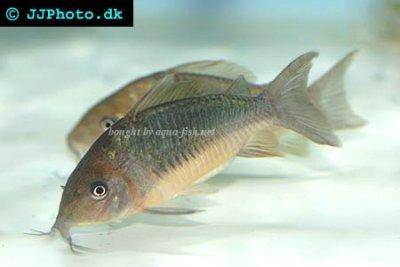


 Aspidoras
Aspidoras 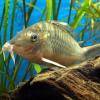 Hognosed
Hognosed 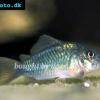 Emerald
Emerald 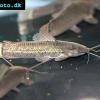 Cascarudo
Cascarudo 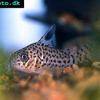 Acre
Acre 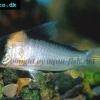 Adolfo’s
Adolfo’s  Bronze
Bronze 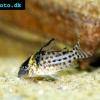 Agassizii’s
Agassizii’s 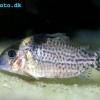 Spotted
Spotted 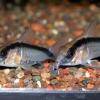 Skunk
Skunk 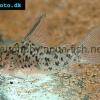 Corydoras
Corydoras 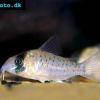 Fairy
Fairy 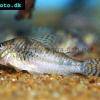 Corydoras
Corydoras 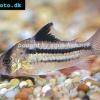 Pink
Pink 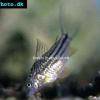 San
San 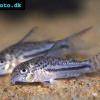 Bond’s
Bond’s 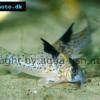 Spotted
Spotted 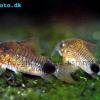 Tailspot
Tailspot 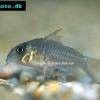 Concolor
Concolor 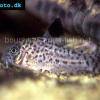 Cope’s
Cope’s 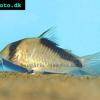 Sand’s
Sand’s 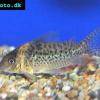 False
False 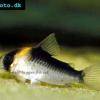 False
False 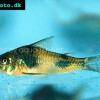 Ehrhardt’s
Ehrhardt’s 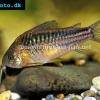 Elegant
Elegant  Saddle
Saddle 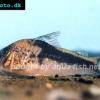 Fowler’s
Fowler’s 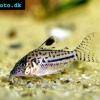 Gomezi
Gomezi 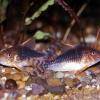 Palespotted
Palespotted 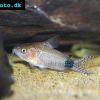 Guapore
Guapore 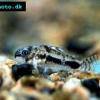 Dainty
Dainty  Mosaic
Mosaic 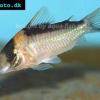 Imitator
Imitator 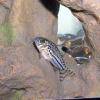 Julii
Julii 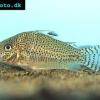 Leopard
Leopard  Black
Black  Slant-bar
Slant-bar 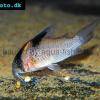 Bluespotted
Bluespotted  False
False 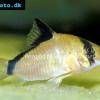 Bandit
Bandit 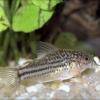 Mini
Mini 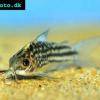 Napo
Napo 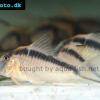 Corydoras
Corydoras 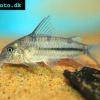 Blue
Blue 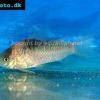 Nijssen’s
Nijssen’s 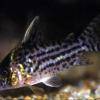 Ornate
Ornate 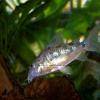 Peppered
Peppered 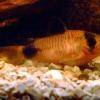 Panda
Panda 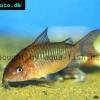 Albertini
Albertini 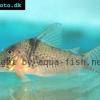 Pastaza
Pastaza  Corydoras
Corydoras  Many-spotted
Many-spotted 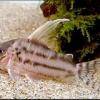 Pretty
Pretty 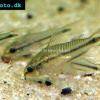 Dwarf
Dwarf 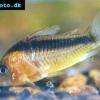 Iridescent
Iridescent  Reticulated
Reticulated 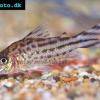 Bannertail
Bannertail  Robust
Robust 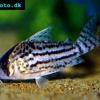 Schwartz’s
Schwartz’s 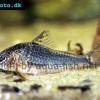 Black
Black 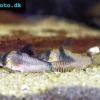 Longnosed
Longnosed 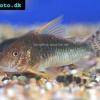 Seuss’
Seuss’ 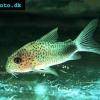 Smudge
Smudge  Masquerade
Masquerade 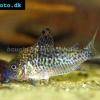 False
False  Millenium
Millenium 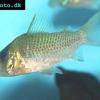 Pinkthroat
Pinkthroat 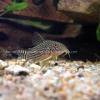 Sterba’s
Sterba’s 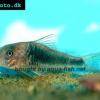 Longsnout
Longsnout 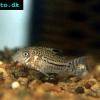 False
False 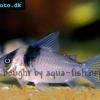 Miguelito
Miguelito 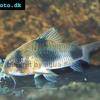 Twosaddle
Twosaddle 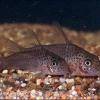 Xingu
Xingu 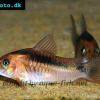 Black
Black 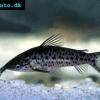 Porthole
Porthole 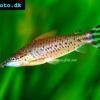 Flagtail
Flagtail  Brown
Brown 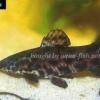 Spotted
Spotted